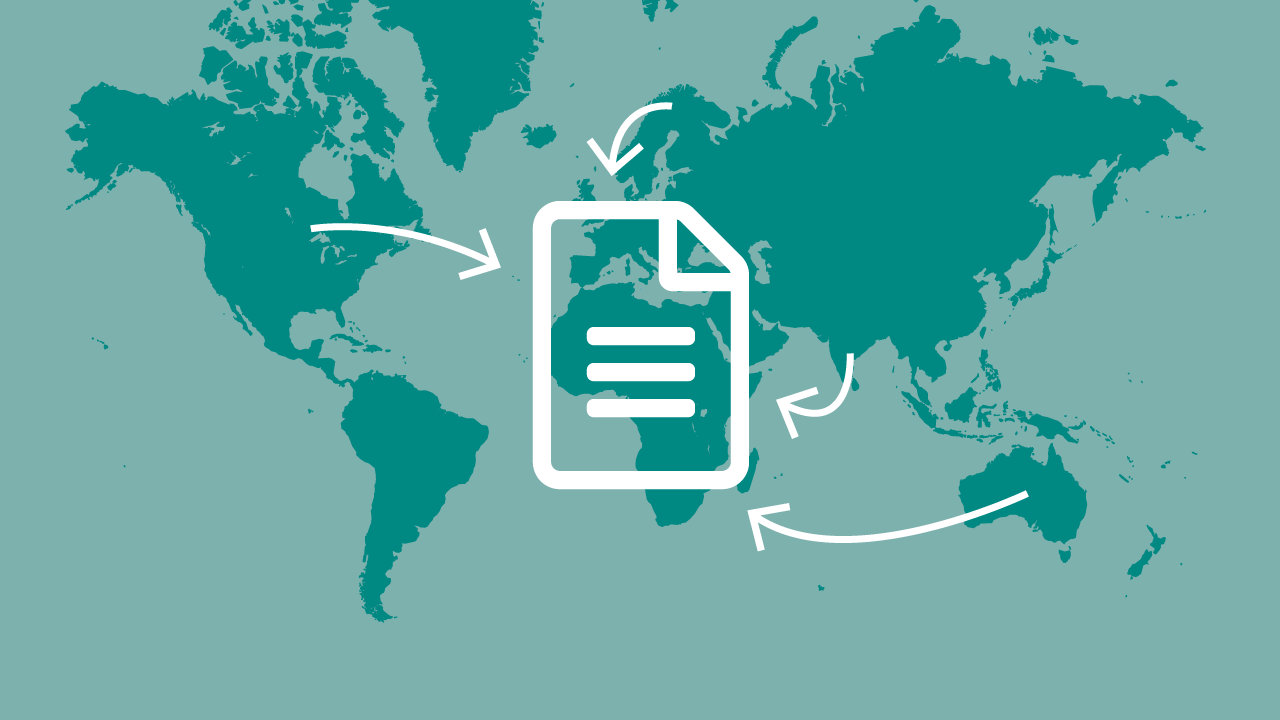
How to efficiently handle document collaboration across regions
09.10.2019
-3 min

Software
LET'S TALK!
We offer software that makes you win big and ultimately gives you the work-life balance you deserve.

XaitPorter
Co-authoring and automation solution for complex documents

XaitCPQ
Quickly and accurately price combinations of interdependent products and services
XaitProposal
Guided proposal creation for comprehensive, winning proposals
XaitRFI
The smarter way to respond to RFIs, DDQs and security questionnaires
XaitWebProposal
The easiest way to create interactive and custom mini-websites

XaitAI
The X factor for analyzing and writing winning bids and proposals
Industry
OUR SOLUTIONS BY INDUSTRY
Do you have a question about your business vertical?
Resources
RESOURCES
Discover all our Xaiting resources!
About us
LET'S TALK
We can challenge mindsets and make significant changes to the way people interact

Tore Medhaug
09.10.2019
-3 min

Have you ever been thinking that everyone working under the same roof would be more efficient?
In our modern world, we use a range of platforms to communicate with our coworkers, such as mobile, online meetings, email, even SoMe. However, when everyone is collaborating on one single document or project, communicating with your colleagues across regions is just not enough. You need their knowledge, and more importantly their trust, to deliver a completed and qualified document.
Read on to learn how Xait helped an oil service company get a grip on document collaboration across regions and time zones.
A while ago, I met Sylvester for the first time. Based in Sharjah in the United Arab Emirates (UAE), he is working for an oil service company with offices across several regions. Before, the regional offices usually operated by themselves, but to increase their efficiency the management in Aberdeen moved the company’s entire tender process to Sharjah. Basically, this was a good idea, since everyone working with tenders now could be under the same roof, which would save time and money. Sylvester and his colleagues were very motivated for their new role.
Frustration soon set in, though, since they were depending on information from the other regional office. Even though they were writing the tenders, they needed the content to put it all together in one document. As they worked against deadlines and got measured by this, they really needed the information from other regions.
Considering the different time zone, it was often difficult for Sylvester, and many times he had to leave for work early in the morning to communicate with other regions and complete projects (something his wife and kids did not appreciate).
Neither did they have any good routines to manage the information or data, so he just had to trust the information he received to be correct. They invested heavily in time and consultancy to build up a solution that was good enough. The solution was good, but it was not tailor-made for tender purposes or any other large and complex documents for oil service and engineering companies.
The software they were building was made for sharing a document/file. The feedback Sylvester and his management got was that the process is siloed, co-authoring and collaboration were challenging, there was no built-in workflow, no support for vectored and high-resolution graphics, and more.
For a long time, I had tried to get a meeting with Sylvester, but they were too busy building their own solution. Besides, he always thought that the solution would be great, when it was finally completed. After a couple of months Sylvester and his colleagues were so frustrated that I eventually got a meeting with him in Sharjah.
The solution they were building was large and complex, with many users across different regions and disciplines. The theory of the solution was actually quite good, but very difficult to realize by using their self-developed solution.
One hour into the meeting I stepped out of the sales role and into the adviser role. The first thing they had to do, to efficiently handle document collaboration across regions, was to make the information from their different systems (BI, CRM, DMS, etc.) available and accessible to everyone in the organization. This was necessary for them to make the right decision based on their own, correct data. Data from the different systems have to be open and transparent, and the information should not be owned by one single person, but by the corporation.
When reservoir engineers, geosyntec engineers, designers, contractors and any other disciplines get information from operation and finance, then you will see the effect and realize you increase efficiency and also improve the quality of your document.

Tore Medhaug
Tore holds a Technical degree and has a variety of business courses from BI Norwegian Business School. He has previously worked for different oil service companies and IT companies. Tore used to be Norway's biggest self-proclaimed golf talent, and also has a big passion for Ice hockey.

